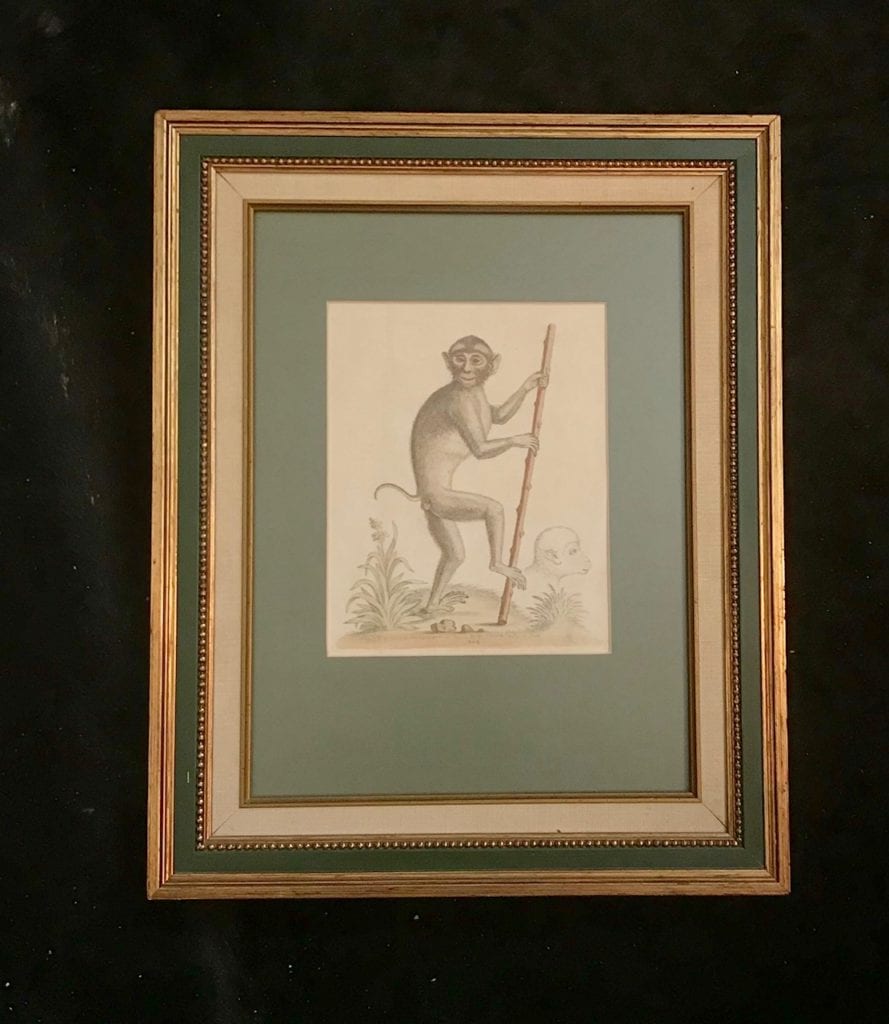It’s easy to spot obvious damage on your art, antiques, and collectibles when you are considering spring cleaning. Evidence like mold growing on your antique prints, a tear in an oil painting that grandma left to you, or a huge crack in a 1950s ceramic cookie jar are easy to identify. The real question is: Can you stop it before it starts? Yes. When it comes to properly displaying your art or antiques, some of the most common mistakes are the easiest ones to fix.
The single most common way to ruin a work of art or damage an antique is to display it or store it in the wrong place.
Here’s an example. Early in my career, I worked for a very, very prestigious private collector of fine art. He owned very valuable and very important, museum quality works of art by many of art history’s great masters. His art was regularly borrowed by major–I mean major–museums for exhibitions and scholarly study. There were works by the big names in the art world like Picasso, Monet, Rembrandt, Benton, Avery, etc. One day, a famous museum called and asked to borrow one of his stellar oil paintings. Of course, they wanted the one valued at over $2 million bucks. Doing my job, I asked my boss where I could find the painting in his extensive home or in his corporate offices so I could review the painting’s current condition and facilitate the loan request for the international museum. I couldn’t hide my shock when he told me, “That painting is hanging in the laundry room over the washing machine.” Suffice it to say, eek, not the best place for artwork to reside.
When you are displaying your art, whether it’s worth $2 million or $200 dollars, there are certain parts of your home or office that you should avoid.
The Off Limit Rooms
Don’t display art or antiques in the laundry room (duh!). Don’t display precious objects in the kitchen near the cooking surfaces where dirt and heat are typical guests at the dinner table. As for the bathroom, a nice dried floral wreath will work better than a framed oil painting, watercolor, print or pastel. The bathroom is the place where moisture and mold make regular appearances even if you are an immaculate housekeeper. You don’t want that mold to get into your fine art print or hand carved frame. Once mold takes hold, stopping its spread is very difficult.
Try to avoid hanging paintings or prints on walls next to windows, heating vents, air conditioners, air purifiers, returns, wood burning stoves, or radiators. Also, don’t hang a work of art in direct sunlight or on a wall that gets full sun during the day.
Avoid the Foyer
You probably wouldn’t think of it but the foyer is not a good place to display art or antiques. Why? because your front door opens and closes day in and day out, season after season. With this change in temperature that occurs in the foyer, the stability of the foyer’s environment changes, too. If your foyer is like my foyer, it is typically flooded with sunlight and is cold when I open the door in the winter and hot when I open the door in the summer. Those sunrays can impact your work of art and or antique as the object tries to deal with the varying temperatures. Sun will fade your paintings, textiles and fabrics, and much of your antique wooden furniture too.
Just as people like a stable room temperature, so do pieces of fine art and antiques. A consistent environment is what you are aiming for when it comes to art, antiques and collectibles. In museums, that usually means a low relative humidity like 55% and a constant temperature of 68 to 72 degrees. You don’t like it when your living room feels cold or hot and that’s true for your antiques too. I’ve been known to say “Antiques like to live where you like to live—comfortably.” That means in a cool and comfy spot in summer and a warm and cozy in winter.



